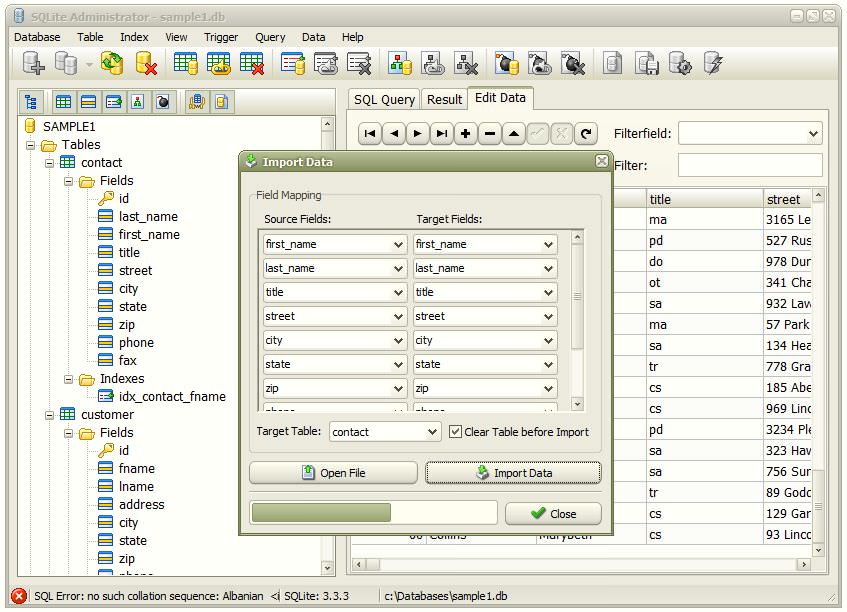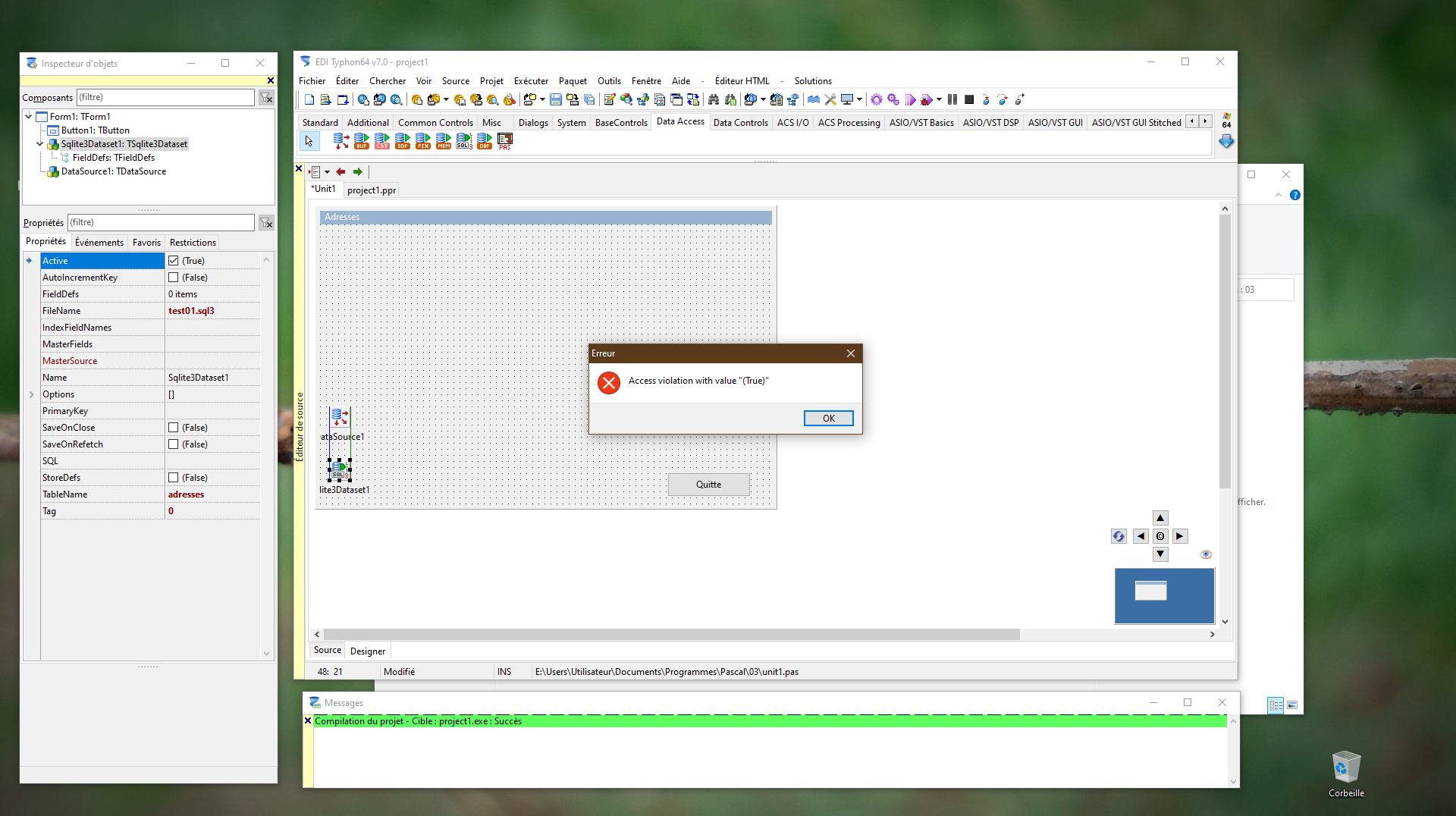
Be sure to account for all files when moving the database via detach/attach. This script displays the location of the physical database files. In SQL Server Management Studio, select New Query to open the Query Editor.Ĭopy the following Transact-SQL script into the Query Editor, and then select Execute. For more information, see sys.database_files (Transact-SQL). If you are moving a database, before detaching it from its existing SQL Server instance, use the sys.database_files system catalog view to review the files associated with the database and their current locations. Use Transact-SQL Before moving a database You can refresh the view at any time: Click in the Object Explorer pane, and from the menu bar select View and then Refresh. The newly detached database will remain visible in the Databases node of Object Explorer until the view is refreshed. When you are ready to detach the database, select OK. To obtain more information about a message, select the hyperlinked text to open Activity Monitor. Before you can detach the database, you must disconnect any active connections by selecting Drop Connections. When a database has one or more active connections, the Status is Not ready and the Message column displays Active connection(s). When a database is involved with replication, the Status is Not ready and the Message column displays Database replicated.

The Message column might display information about the database, as follows: This option appears only when you are upgrading a database from SQL Server 2005 (9.x).ĭisplays one of the following states: Ready or Not ready.

To remove them, clear the Keep Full-Text Catalogs check box.
Disconnect from sql db sqlite update#
You cannot detach a database with active connections.īy default, the detach operation retains any out-of-date optimization statistics when detaching the database to update the existing optimization statistics, select this check box.īy default, the detach operation keeps any full-text catalogs that are associated with the database. The Detach Database dialog box appears.ĭisplays the name of the database to be detached.ĭisconnect connections to the specified database. Right-click the database name, point to Tasks, and then select Detach. For more information on attaching the database in its new location, see Attach a Database. Then, proceed with the detach steps in the next section.

Select the Files page and review the entries in the Database files: table.īe sure to account for all files associated with the database before you detach, move, and attach. Right-click the database name, select Properties. In SQL Server Management Studio Object Explorer, connect to the instance of the SQL Server Database Engine and then expand the instance.Įxpand Databases, and select the name of the user database you want to detach. If you are moving a database, before you detach it from its existing SQL Server instance, use the Database properties page to review the files associated with the database and their current locations. Use SQL Server Management Studio Before moving a database Requires membership in the db_owner fixed database role. Limitations and restrictionsįor a list of limitations and restrictions, see Database Detach and Attach (SQL Server). The files can also be moved to another server and attached to an instance with the same or newer version.

FOR ATTACH or FOR ATTACH_REBUILD_LOG option. The files can be reattached by using CREATE DATABASE. The detached files are not deleted and remain in the file system.
Disconnect from sql db sqlite how to#
This article describes how to detach a database in SQL Server with SQL Server Management Studio or Transact-SQL.


 0 kommentar(er)
0 kommentar(er)
